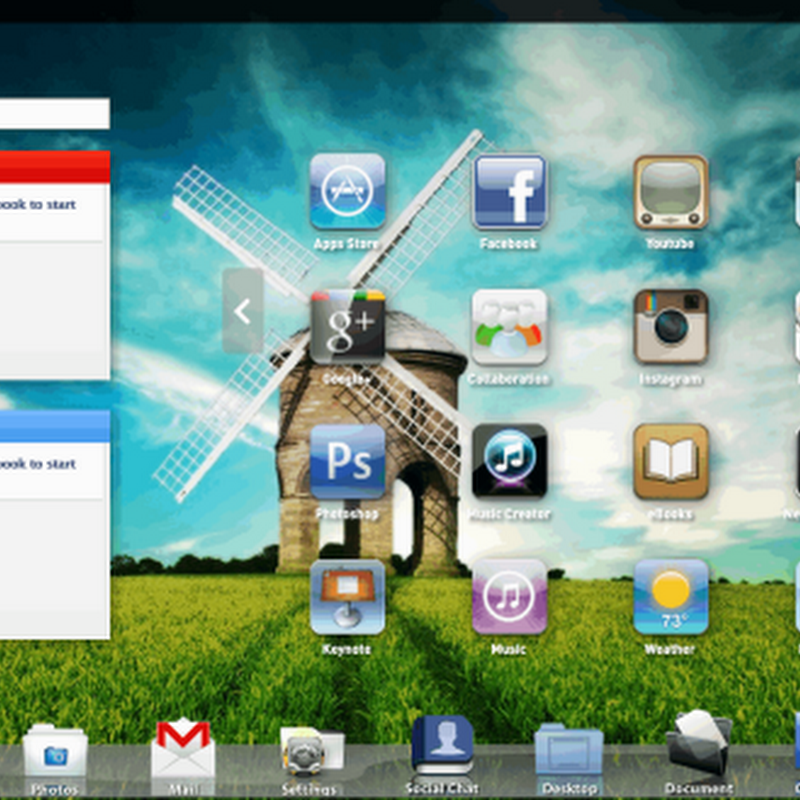
Hello Guys i Hope You will be Enjoying My posts.Today iam Back With another Simple Tricks Which allows us to make our Firefox Browser Look Like Google ChromeNow You Follow the below Links and install the addons by clicking them.ChromiFox BasicChromiFox Extreme Install these Addons on your Firefox browser and u will be getting a google chrome's interface in your Firefox. that's it Guys
This is a Guest Post By Saikiran
Saikiransama...














